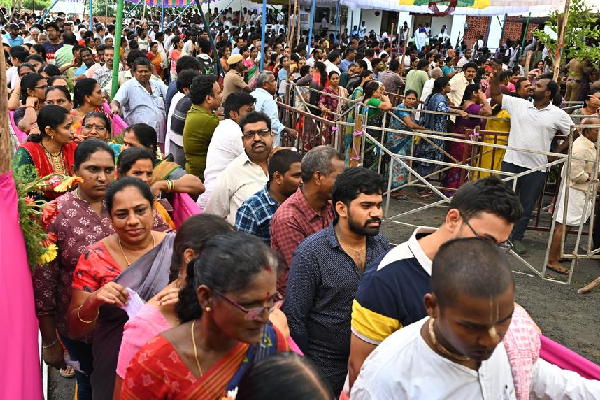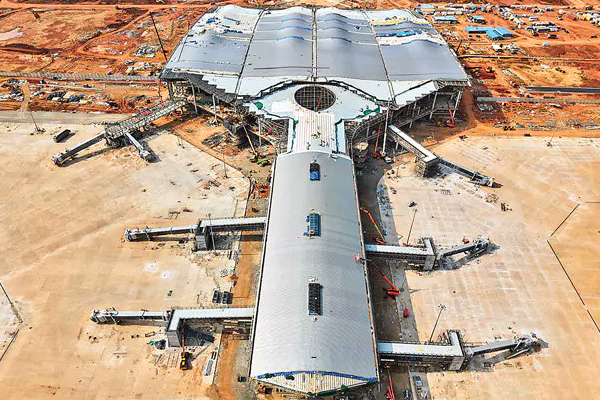In the 2024 Andhra Pradesh elections, a significant voter turnout of nearly 79% was witnessed, a figure that has sent ripples through the ruling YSRCP. The final number that will be disclosed by EC may be even higher. Political analysts have already begun forecasting the potential victory of the NDA alliance, comprising the TDP-JSP and BJP, attributing it to the increased voter percentage.
Why Huge voter turnout is a danger signal for Incumbent Government:
A surge in voter participation, especially from middle-class and urban demographics, is often considered a negative indicator for the incumbent government. Historically, these segments of the population tend to vote only when dissatisfied with the ruling party, indicating a desire for change. Increased political awareness and engagement among citizens, particularly those traveling long distances to cast their ballots, suggests discontent with the current administration. Such high voter turnout, in the context of anti-incumbency, may signify a collective expression of dissatisfaction with the ruling government’s performance.
Historic Evidence:
Past elections in India offer compelling evidence of the correlation between high voter turnout and the defeat of incumbent governments. In Telangana’s 2023 elections, a 72% turnout led to the ousting of the incumbent BRS government in favor of the Congress. Similarly, Andhra Pradesh’s 2019 elections saw an 80% turnout, resulting in the overthrow of the TDP government by the YSRCP. Moreover, significant voter turnouts in the 2018 assembly elections in Rajasthan, Madhya Pradesh, and Chhattisgarh led to the defeat of ruling parties and substantial gains for the opposition.
On the other hand, low vote turn-out compared to the previous election may indicate people’s willingness to continue the previous government. E.g. In the 2019 general elections, where the incumbent BJP-led NDA government secured a resounding victory, voter turnout was slightly lower than in the previous election. Similarly, in Uttar Pradesh’s 2017 assembly elections, voter turnout was just 61.04%, when the incumbent BJP government retained power.
YSRCP leaders respond on High Voting Percentage:
As the 2024 Andhra Pradesh elections unfold, YSRCP leader Sajjala Rama Krishna Reddy attributes the high voter turnout to Jagan’s welfare schemes, expressing confidence in their victory. Yet, analysts remain skeptical, drawing parallels to the 2019 elections where similar claims were made by the TDP leaders as they said that huge vote turnover, especially among women voters, was due to the “Pasupu Kunkuma” scheme of TDP. But, as we all know, TDP lost in the 2019 elections.
With predictions swirling, the prevailing sentiment suggests that the substantial increase in voter turnout may tilt the balance in favor of the TDP-JSP-BJP alliance. However, as there will be exceptions for every rule, this theory needs to be considered as an indication rather than a confirmation.
In conclusion, while high voter turnout can indicate dissatisfaction with the incumbent government, its impact on electoral outcomes remains nuanced and unpredictable. As Andhra Pradesh awaits the election results, the significance of voter participation in shaping the state’s political landscape cannot be overstated.



































